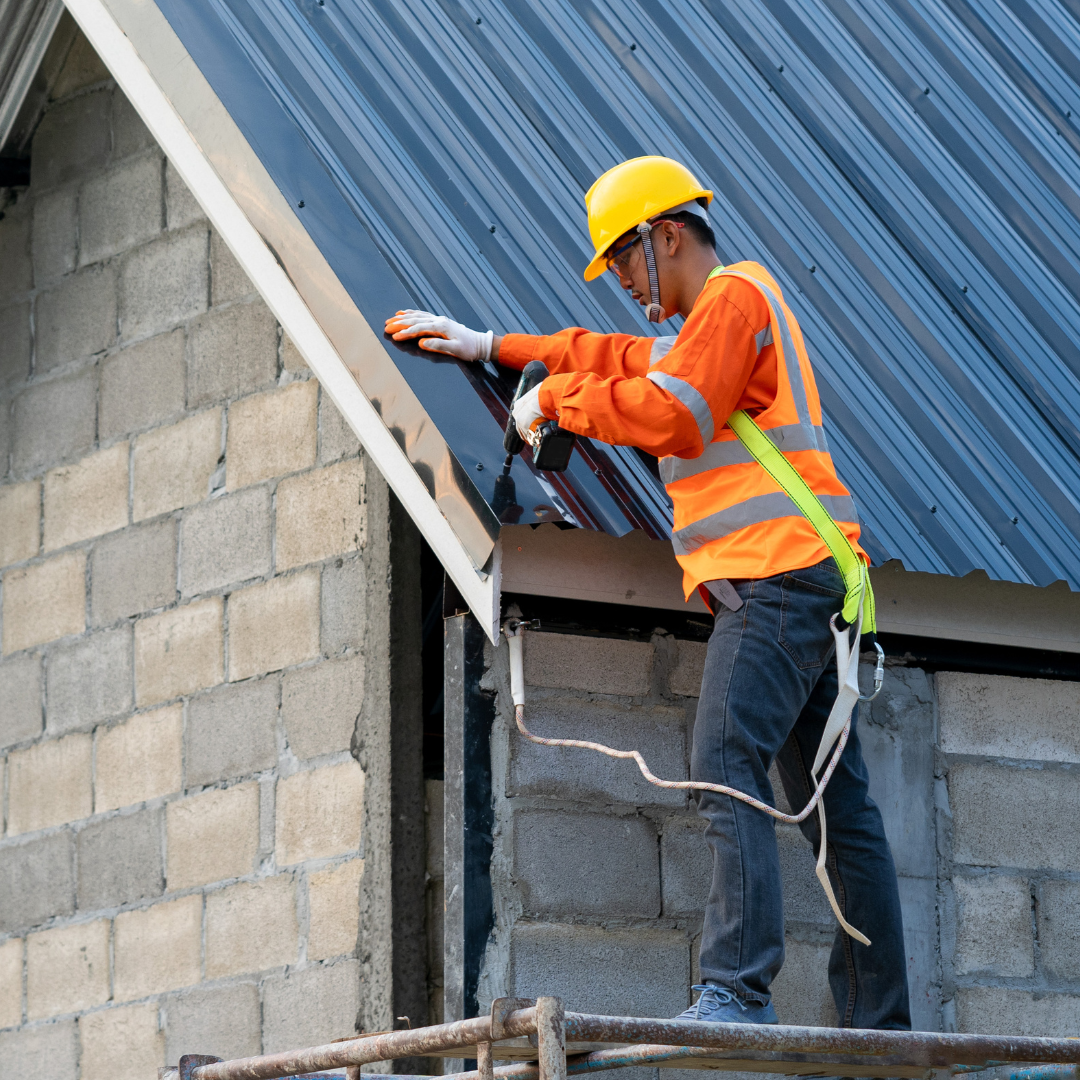Creating a Proactive Winter Maintenance Plan
3 steps to set yourself up for winter success
Winter's chill brings with it distinct challenges in preserving your commercial property's building envelope—the protective layers encompassing elements like caulking, painting, and flashings. Fear not, for a well-crafted winter maintenance plan can place you ahead in the game. To ensure winter readiness, we're presenting three vital steps that will maintain your property's allure, even through the coldest months.
Step 1: Inspection and Assessment
As winter progresses, substrates can become overly saturated due to continuous precipitation, or temperatures can plummet to ranges (usually around 40 degrees) when most materials shouldn’t be applied. Therefore, a pre-winter inspection that includes an assessment of your building envelope will help you to create a solid repair strategy that can prove pivotal in preempting more substantial issues down the line.
Initiating a proactive winter maintenance plan begins with a meticulous inspection of your building's exterior:
Identify areas with chipped or peeling coatings.
Evaluate the integrity of caulking around windows, doors, and critical interfaces—any gaps need attention.
Refer to onsite engineers or past records for reported leak lists.
Investigate interior signs of damage like stained ceiling tiles, stained carpets near windows, or blistered paint due to leaks.
This is a good time to get your trusted contractor out to take a look - they know what to look for, and can advise on anything that needs urgent attention, and what can wait until later. Nipping these issues in the bud and promptly addressing them prevents winter moisture from exacerbating the damage.
Step 2: Repair Strategy - Budget and Implementation
Once you've pinpointed those pesky trouble spots, the next step is all about making those necessary repairs. It’s not uncommon for issues to pop up just as winter is knocking on the door, bringing unexpected repair expenses that can challenge the budget.
Strategically patching up those problem areas can provide some quick relief by keeping water at bay and making your occupants happy - at least for a while. But these fixes can be a bit like putting a band-aid on a wound. They do the job temporarily, but they don't always get to the root of the problem.
One thing to consider: when the repairs occur in difficult to reach areas, the cost for simply getting in place (scaffold, boom lifts, or swingstage) can be expensive. So it often makes more sense, for both your peace of mind and your wallet, to opt for comprehensive repairs right from the get-go, so you are not paying for access twice.
This not only saves you time and hassle but also ensures a long-lasting solution that won't keep demanding your attention. In the end, it's not just about being cost-effective; it's about making your life easier and your building safer.
Step 3: Ongoing Monitoring and Maintenance
Maintenance extends beyond completion of the repairs. Sustained vigilance over your property's exterior is paramount, especially during winter. Prioritize attention to repaired or previously leak-prone areas. Did the repairs yield the anticipated results? Involving residents in this process can provide invaluable insights. Leverage their observations to effectively monitor repairs and potential leaks. Urge them to capture images or videos, or jot down notes, which can be very useful to help diagnose the issue.
Especially in winter, keep an eye on decks, balconies, and walkways. Are there puddles of water that are staying too long? Proper deck coatings can sustain some ponding water, but adequate slope, along with clear and functioning drains and scuppers, should be doing their vital part and moving water off the decks and away from the building interior.
Consistent maintenance of your building's weatherproofing, flashing, and drainage systems offers protection to structural elements, as well as exterior and interior finishes. Staying proactive with routine maintenance incurs relatively modest costs compared to potential structural repairs if the building envelope is compromised over an extended period.
The Takeaway:
A proactive winter maintenance plan for your building envelope entails three essential steps: a thorough inspection, timely repairs, and consistent monitoring. By promptly addressing issues and implementing preventive measures, your property can maintain its vibrancy and protection even in the face of winter's rigors.
Keep in mind that preserving your building envelope is a year-round investment. With the right strategy, you guarantee its durability and attractiveness for the long haul. Stay proactive in overcoming winter's challenges and let your property shine brilliantly throughout the season!













